update: Shortly after I posted this blog, Jefferson moved on to rainbow bridge ... please read on to find out more about this super duper dog, and "what I learned on Jefferson Street" (reference to the pilot script by character (and dog!) Brian Griffin of "Family GUy") I would like to tell you about my experiences and observations with this rather amazing senior dog I’m working with right now…his name is Jefferson, and you might already know him. He’s been the mascot for MyNextRace.com for years now, and is himself closing in on 16 years of age! Now, sixteen years old is a hefty feat when you’re talking about a smaller dog—say, a Shih-Tzu or a Yorkie—or a cat, but when it’s a medium and even approaching a large breed dog, like an Australian Cattle dog and/or Collie type mix, which is what Jefferson is, it’s quite AMAZING! But not just that…this guy is still walking. Yes, he’s got issues with his hind legs for sure (that’s where I come in, along with his meds and movement), and he will collapse from time to time, but Jefferson’s still going for hour long walks, however slow they might be. He’s still eating. His quality of life is still significant. He has rough times, but he’s still having good times, too. So, my job as Jefferson’s massage therapist has been to help ease the discomfort in his hind legs, as well as the compensation issues that will come up with his fore legs, shoulders, and back. At first this wasn’t so easy. I’ve been seeing Jefferson on and off since the spring of 2021 (when not in lockdown) and when he was still getting used to massage, or when he’s having a rougher day, he cannot seem to contain his traditional work dog energy. He must keep moving, so he wants to remain standing and needs breaks every few minutes after I’ve finished massaging a limb or some particular area along his barrel, so he can walk around. Honestly, this guy can be a machine! Then there are days, and they happen more often lately, where he’s had a rough night and is out like a light during our whole massage session. These are the times I take the opportunity to get as much light and superficial muscular work done as I can. Why light and superficial, you may ask? Wouldn’t I want to go in deep and really relieve the muscular tension, particularly in his back legs (where there’s likely arthritis)? Well, I can only do so much… …as those of you with senior pets may know, sometimes getting them to eat as much as they can, no matter the quality of the food, gets to become important, particularly in the last few stages of life. Dogs and cats alike can lose some of their sense of smell, so food with a stronger aroma encourages them to eat. It also becomes more important to let them eat whenever they want to, rather than regimenting meals. Again, this is because you want them to get nutrition of some sort into their bodies—at this point in their lives, you get much less fussy about what they’re eating (although you want to balance that a little bit if there are issues with their kidneys or digestive system etc.). This means that my rule about not having eaten 90 minutes prior to massage therapy (or 90 minutes after) has to go out the window, in these kinds of cases. Which means I have to modify the massage, so that it doesn’t overstimulate his digestive system and throw it completely out of whack. The last thing a senior dog needs is an upset stomach or diarrhea that can be avoided. Overworking the circulatory system, and therefore the cardiovascular system, is also not a great thing to do at this point in an older pet’s life. So, Jefferson grazes and his massages are light and brief and intended to support his meds in easing pain and improving range of motion, which means he can keep walking a little longer. And because he can keep up with his walks in some degree, this movement also keeps his joints lubricated. So we get into a positive cycle where massage keeps him moving and his moving keeps his muscles and joints in better condition then they otherwise would be, supporting future massage therapy. And this maintenance continues as long as possible. Jefferson’s journey has provided me with insight into this late stage of senior canine life, and I wanted very much to share it with you all. It might answer a question you have about your own senior dog (or even you older cat)…you may learn something new that will prepare you for your pet’s later years. Mostly I want you to know that senior years can be quality years for a surprisingly long time. You’ll know what’s right for your pet, just as Jefferson’s dad knows what will signal that his quality of life is lacking to the point that a decision will have to be made. But life as a geriatric pet does not mean the end of creature comforts and all those little things that truly matter—like more time with your loved ones. Do you have a senior pet experiencing discomfort from arthritis, joint issues, and the various aches and pains that come with aging? Massage Therapy is an excellent tool in the quality of life improvement tool kit. Contact me now and give your pet the relief they need.
|
AuthorRegan is a certified Canine Massage Therapist (CCMT), has certification in First Aid and CPR for Pets, and some beginner training in Herbal Remedies and Aromatherapy for personal use. Archives
July 2024
Categories |



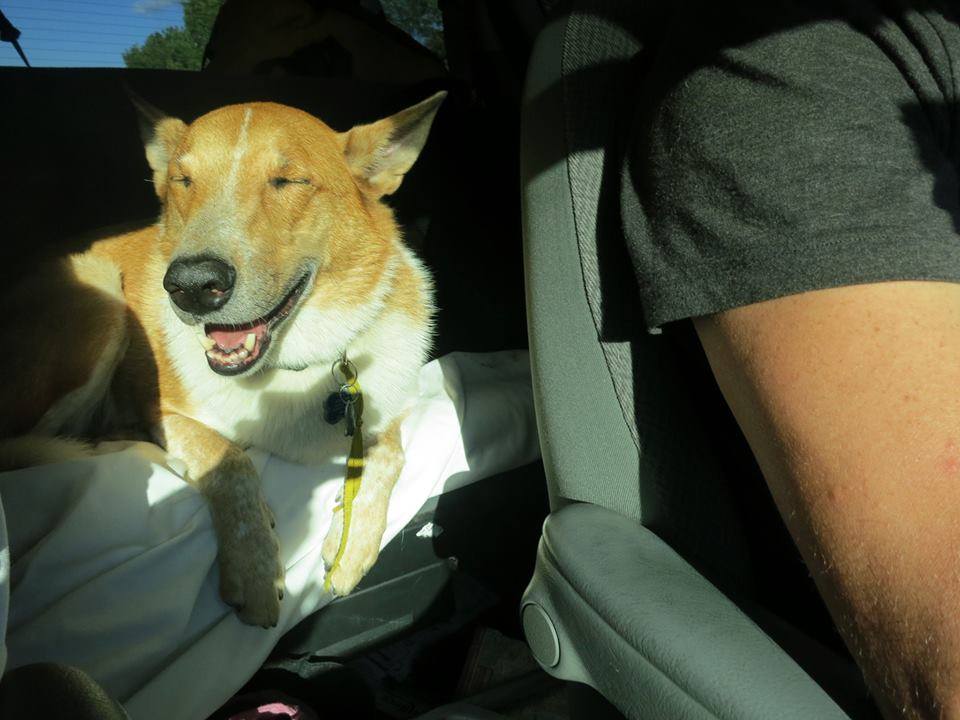
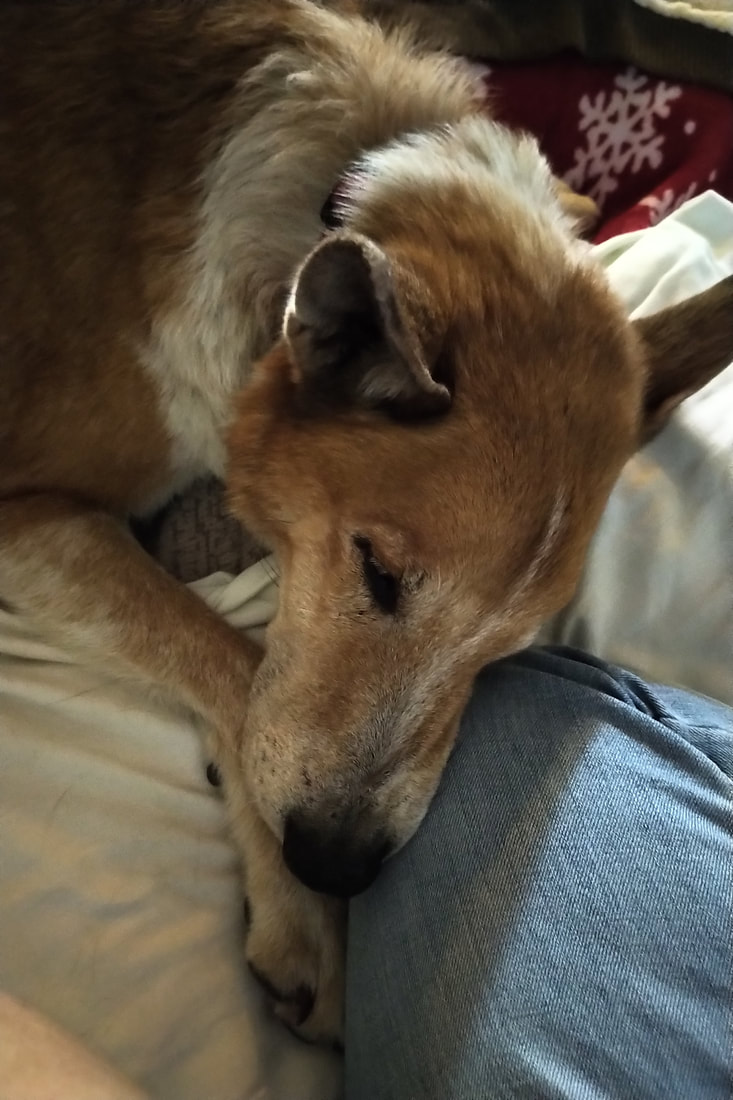
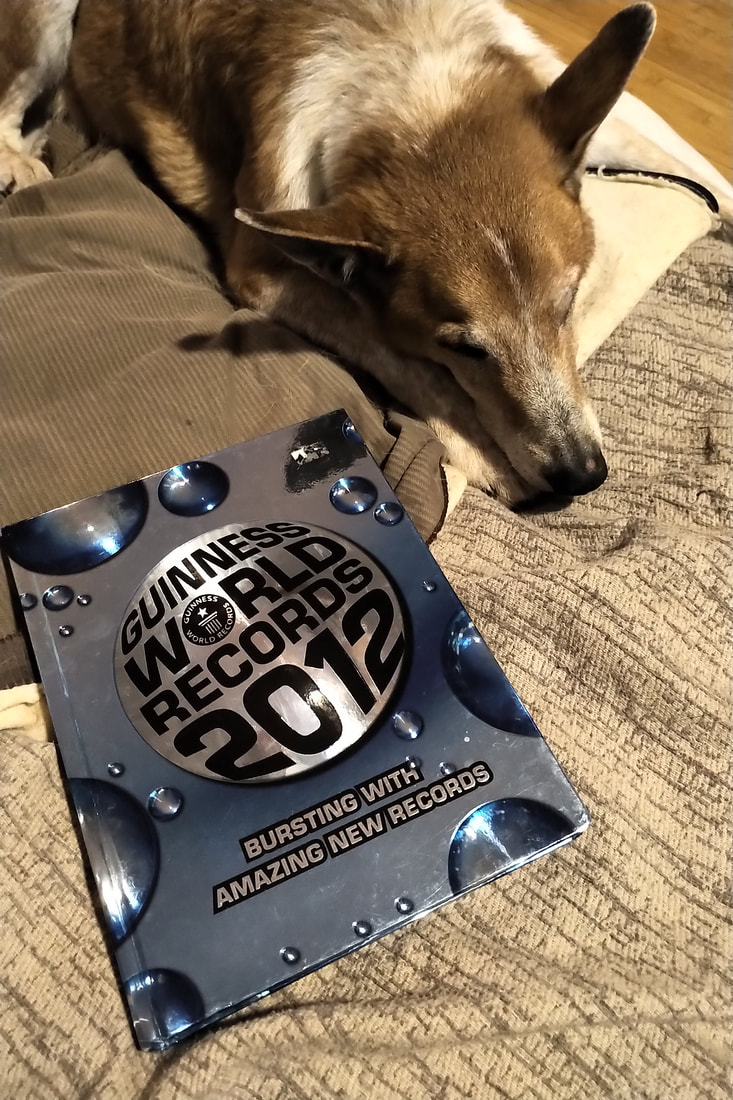
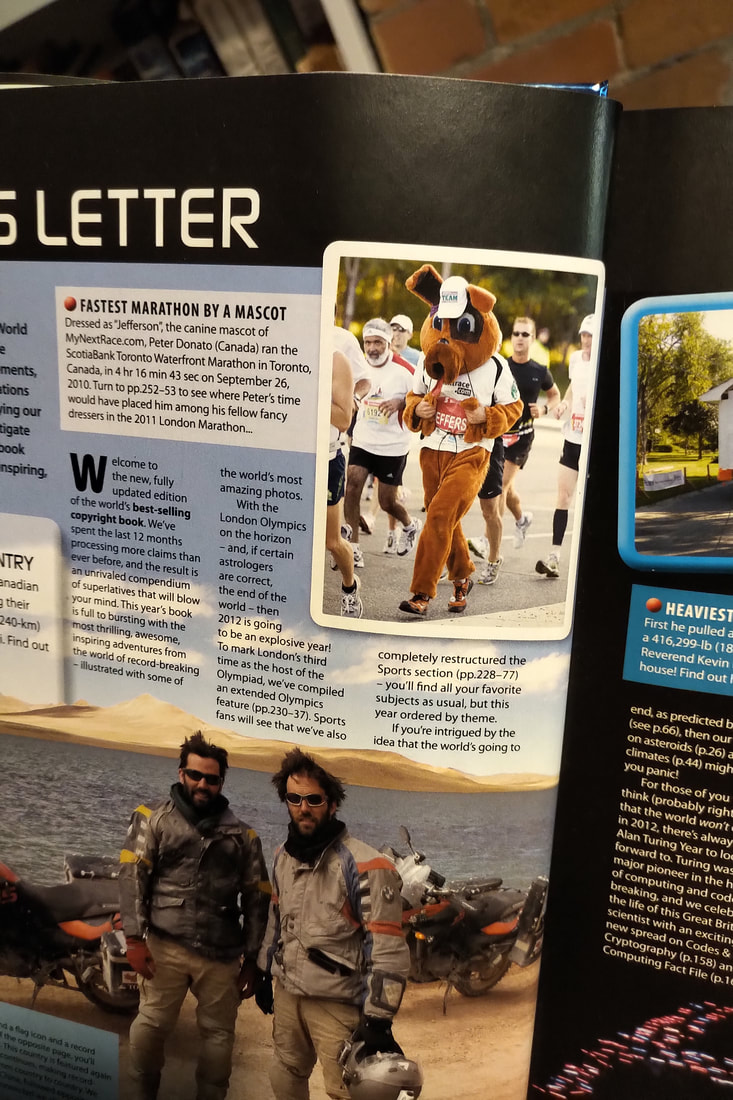
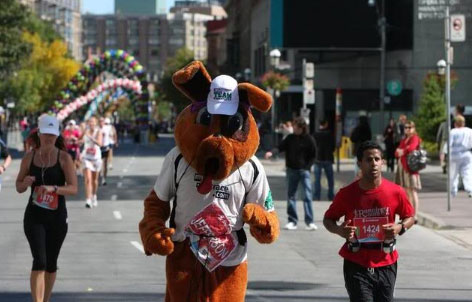
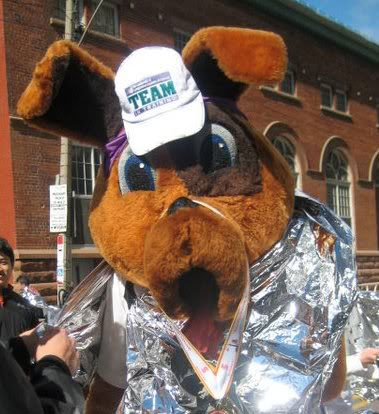

 RSS Feed
RSS Feed